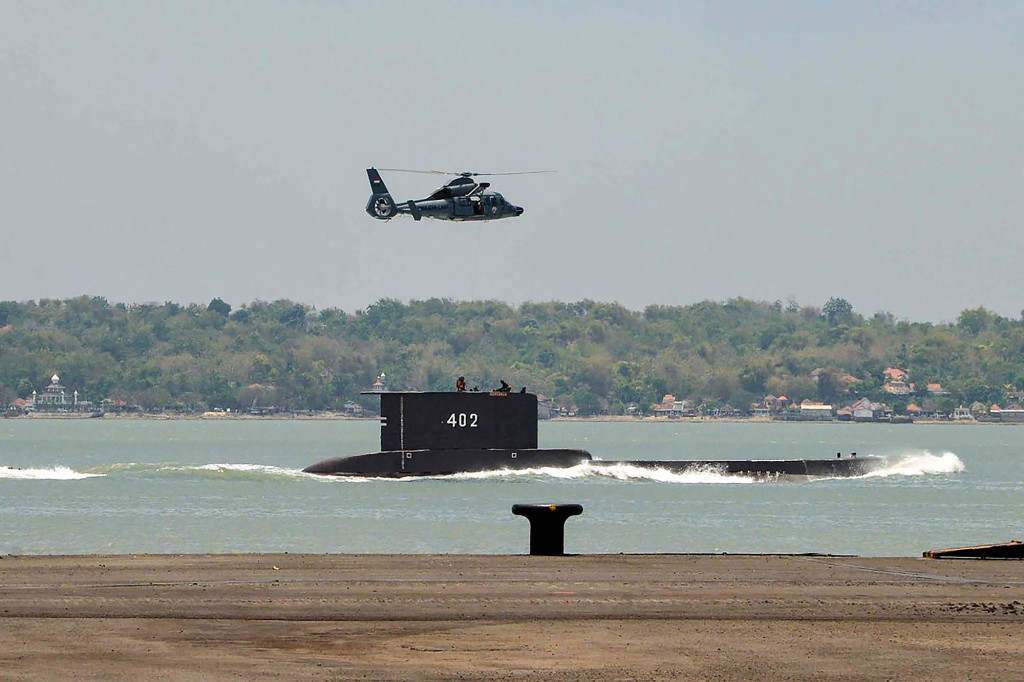Navy Chief of Staff confirmed that the submarine with 53 people on board has sunk. President Joko Widodo sent his condolences to the crew’s families.

Search teams from several countries including the United States had been looking for the navy vessel which went missing last week near Bali.
The following written content from DW
Rescue teams located the missing Indonesian submarine on Sunday, authorities said.
Navy Chief of Staff Yudo Margono said the submarine had been broken into three pieces.
“With this authentic proof, we can confirm that KRI Nanggala 402 has sunk and all of its 53 sailors have died on duty,” Air Marshall Hadi Tjahjanto told a press conference.
Indonesian President Joko Widodo earlier offered his condolences to the families of those lost in a submarine accident four days ago.
He confirmed that the KRI Nanggala 402 submarine sunk, and that the 53 crew members are assumed to have died.
“The army and navy have changed the status of the KRI Nanggala 402 submarine from having lost contact to being ‘sub-sunk’ or drowned,” Joko told reporters.
“All of us Indonesians express our deep sorrow over this tragedy, especially to the families of the submarine crew.”
Joko said rescuers were still expending their best efforts to recover the craft and its crew. He offered his hopes and prayers, and wished the families patience and strength.
How did the submarine go missing?
The 44-year-old West-German-built submarine lost contact while taking part in torpedo drills off the coast of Bali on Wednesday. It failed to surface and only had enough oxygen for the crew to survive up to 72 hours.
Rescue teams announced on Saturday they had found objects such as prayer mat fragments, a piece of the torpedo system and a bottle of periscope lubricant near the submarine’s last known location. This led them to believe that the vessel had broken open.
Navy Chief of Staff Yudo Margono later announced that sonar scans had detected a submarine-like object 850 meters (2,790 feet) underwater, well beyond the diving range of the craft. Read more from DW





